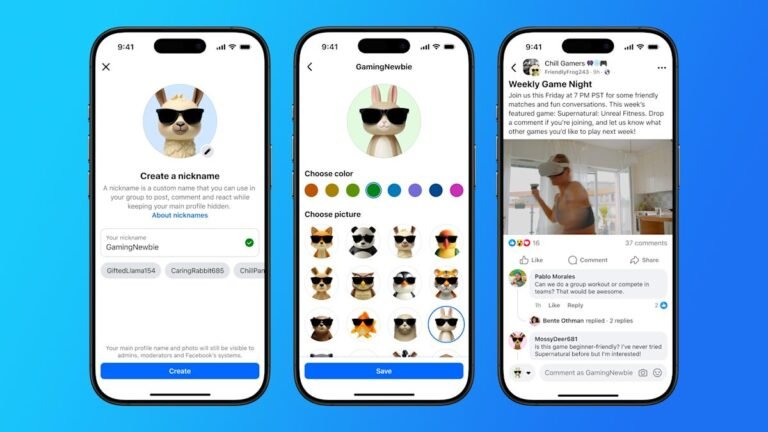Wearable technology transforms laboratory medicine
Improved monitoring capabilities Professor Dr Taleieh Rajabi Professor Taleieh Rajabi, an expert in applying microfluidics in wearables, said worn devices are adding a new dimension to patient monitoring and diagnostics in laboratory medicine. ‘By capturing real-time vital signs and other important health metrics, these devices enable healthcare professionals – and in the future, patients –…
Improved monitoring capabilities

Professor Dr Taleieh Rajabi
Professor Taleieh Rajabi, an expert in applying microfluidics in wearables, said worn devices are adding a new dimension to patient monitoring and diagnostics in laboratory medicine. ‘By capturing real-time vital signs and other important health metrics, these devices enable healthcare professionals – and in the future, patients – to make informed decisions swiftly,’ said the Head of Precision Microfluidics at Fraunhofer IMM.
The integration of microfluidics and emerging smart technologies such as artificial intelligence (AI) and machine learning (ML) into wearable devices offers greater potential for accurate and non-invasive monitoring and diagnosis, added Rajabi.
This includes, for example, development of wearable microfluidic platforms for detecting sweat analytes and an AI-assisted sensor system for monitoring tear biomarkers. ‘By combining microfluidics with real-time analysis of body fluids and AI-driven data analytics and machine learning, we can develop non-invasive wearable devices that enhance patient healthcare through improved monitoring capabilities.’
Current and future applications
During her presentation, Professor Rajabi discussed the benefits of wearable flash glucose monitoring for continuous real-time monitoring of glucose levels for diabetes patients by sending data to smartphones via continuous glucose monitors (CGMs); and smart inhalers that enable targeted medication delivery by utilising patient vital signs and equipped with sensors to monitor respiratory rate, airflow, and medication usage, to optimise treatment for asthma and COPD.
She added that data from wearables can support personalised medicine by helping to create and adjust individualised treatment plans, enhance patient engagement, and be integrated into electronic health records.
Rajabi added: ‘Looking ahead, advancements in the field will likely include predictive wearables, smart clothing, implants, and microfluidic wearable devices integrated with biosensors and soft materials.’ Additionally, AI can create predictive models, while ML can enhance the performance of sensors by optimising calibration. Effectively harnessing these advanced analytical techniques is crucial for maximising the benefits of wearables in healthcare,’ she said.







